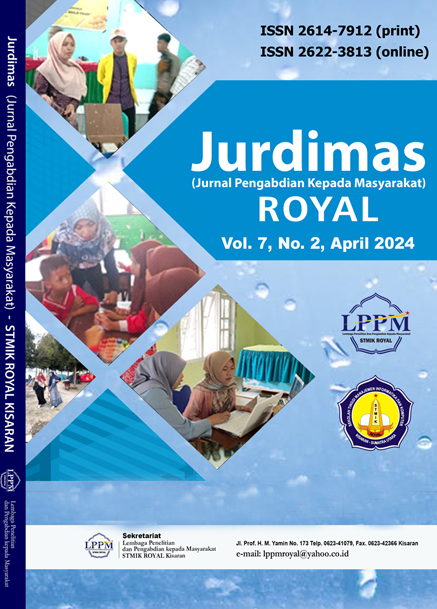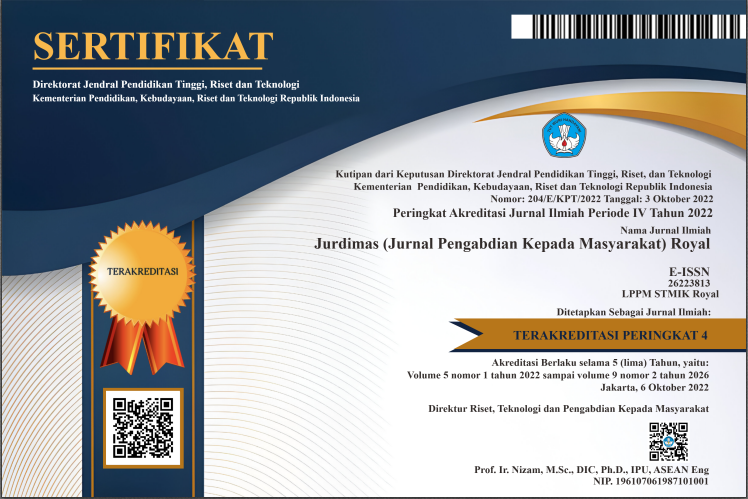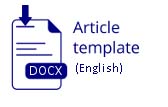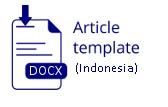Pengembangan Integrasi Budidaya Ikan Lele Dan Tanaman Herbal Di UPR Doa Mandeh
Abstract
The catfish cultivation business carried out by UPR Doa Mandeh since 2015 still requires support in the form of assistance and training for its development. Meanwhile, the availability of fish seeds in South Sumatra is still very dependent on other regions, such as Lampung, Jambi and West Java. The lack of use of appropriate catfish cultivation technology and the use of commercial feed has an impact on the low production of fish seeds produced. Apart from that, there has been no effort to treat waste water which has the potential to have a negative impact on the surrounding environment. For this reason, community service (PPM) is carried out, which applies lecture materials, research and publications that have been carried out by the proposing team in the form of application of biofloc technology, making liquid fertilizer and cultivating herbal plants. The aim and benefits of carrying out this activity are to develop the catfish cultivation business, increase seed production, utilize waste water from catfish rearing media into liquid fertilizer products that can be used to develop herbal plant cultivation which will ultimately increase the income of cultivators at UPR Doa Mandeh. The activity model is in the form of empowerment, development and assistance which is implemented using counseling, training and technical/production assistance methods. The results of this activity are high survival and growth rates for catfish, water quality is in the optimal range, and the richness of nutrients in wastewater from the biofloc system can be used as liquid fertilizer for herbal plants.
Keywords: biofloc; catfish; herbal plants; liquid fertilizer
References
Diansari, R. V. R., E. Arini and T. Elfitasari (2013). Pengaruh kepadatan yang berbeda terhadap kelulushidupan dan pertumbuhan ikan nila (Oreochromis niloticus) pada sistem resirkulasi dengan filter zeolit. Jurnal of Aquaculture Management and Technology 2(3): 37-45.
Ekasari, J., A. D. Napitupulu, M. Djurstedt and W. Wiyoto (2022). Production performance, fillet quality and cost effectiveness of red Tilapia (Orechromis sp) culture in different biofloc systems. Aquacuture 563(4): 738956.
Firmansyah, I., M. Syakir and L. Lukman (2017). Pengaruh kombinasi dosis pupuk N, P dan K terhadap pertumbuhan dan hasil tanaman terung (Solanum melongena L). Jurnal Holtikultura 27(1): 69-78.
Fitrani, M., A. C. Putra and Yulisman (2015). Aplikasi Teknologi Bioflok pada Pemeliharaan Benih Ikan Betok (Anabas testudineus) dengan Padat Tebar Berbeda. Jurnal Perikanan dan Kelautan 20(2): 56-66.
Imron, A., A. Sudaryono and D. Harwanto (2014). Pengaruh rasio C/N berbeda terhadap rasio konversi pakan dan pertumbuhan benih lele (Clarias sp.) dalam media bioflok. Aquaculture Management and Technology 3(3): 69–74.
Pardiansyah, D., N. Ahmad, Firman and S. Martudi (2019). Pupuk organik cair dari air limbah lele sistem bioflok hasil fermentasi aerob dan an aerob. Jurnal Agroqua 17(1): 76-81.
Pardiansyah, D., E. Supriyono and D. Djokosetianto (2014). Evaluation of integrated sludge worm and catfish farming with biofloc system. Jurnal Akuakultur Indonesia 13(1): 28-35.
Putri, B., W. Wardiyanto and S. Supono (2015). Efektivitas penggunaan beberapa sumber bakteri dalam sistem bioflok terhadap keragaan ikan nila (Oreochromis niloticus). E-Jurnal Rekayasa dan Teknologi Budidaya Perairan 4(1): 433–438.
Suprapto, N. and L. S. Samtasir (2013). Biofloc-165 Rahasia Sukses Teknologi Budidaya Lele. Depok: AGRO-165.
Wibowo, R. A. and Helmizuryani (2015). Kelangsungan hidup dan pertumbuhan benih ikan betok (Anabas testudineus) yang di pelihara dalam waring dengan padat tebar berbeda. FISERIES 4(1): 38–43.
Wijaya, M., R. Rostika and Y. Andriani (2016). Pengaruh pemberian C/N rasio berbeda terhadap pembentukan bioflok dan pertumbuhan ikan lele dumbo (Clarias gariepinus). Jurnal Perikanan Kelautan 7(1).
Zhan, Y., Y. Wei, Z. Zhang, A. Zhang, Y. Li and J. Li (2021). Effects of different C/N ratios on the maturity and microbial quantity of composting with sesame meal and rice straw biochar. Biochar 3: 557–564.
Zorriehzahra, M. J., S. T. Delshad, M. Adel, R. Tiwari, K. Karthik, K.
Dhama and C. C. Lazado (2016). Probiotics as beneficial microbes in aquaculture: an update on their multiple modes of action: a review. Vet Q 36(4): 228-241.














